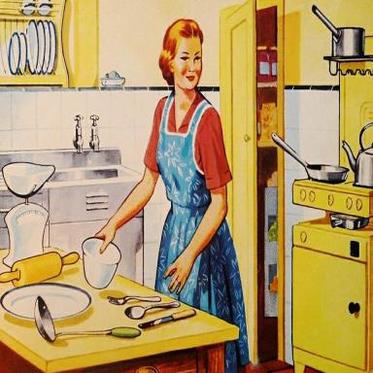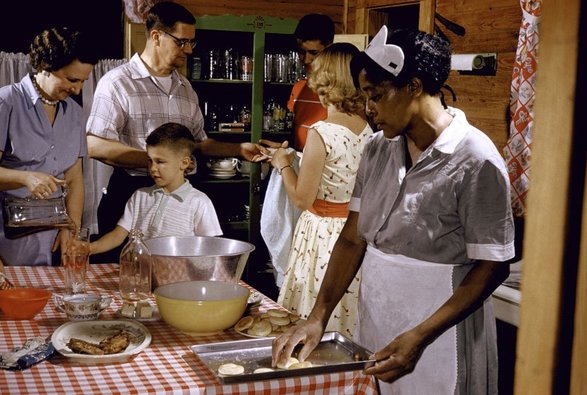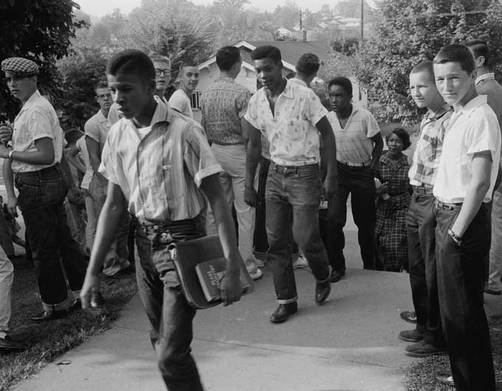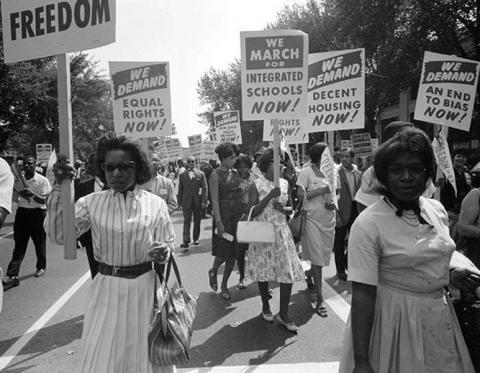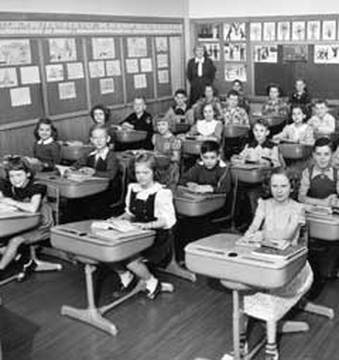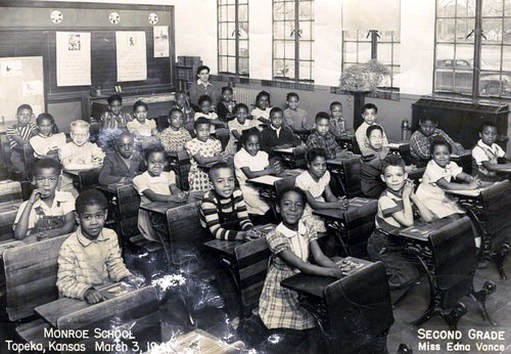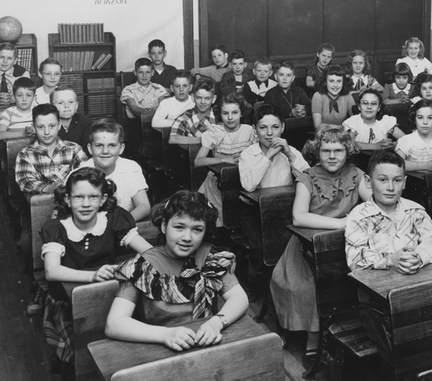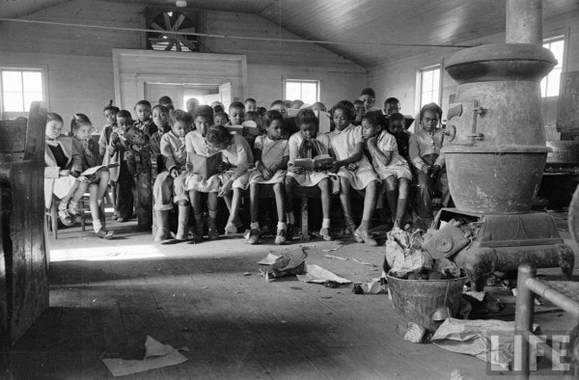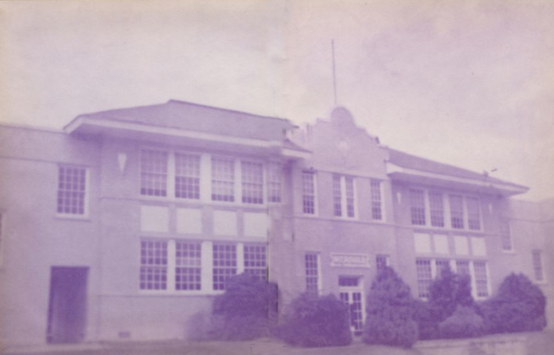Photo Credit: thevoice.com
"'Raye, you'll have three strikes against you. You're female and you're black and you'll have a southern segregated school education,'" Montague recalled, "'But you can be or do anything you want, provided you're educated.'"
(Raye Montague 2017)
Strike One:
|
She is a female. Being a professionally driven woman in the 1950s wasn't easy. Society in general, didn't expect women to succeed in anything but being a wife and mother.
"By the 1960s, American women still suffered unequal treatment in employment, marriage, bank credit, and education. Then a time bomb was set off in 1963 by journalist, Betty Friedan with her best-selling book, The Feminine Mystique."
(Quote from: The Incredible Sixties by Jules Archer) "It is important to remember that the ideal of domesticity was primarily aimed at middle-class white women. African American women, as well as women of lower socioeconomic standing, were not portrayed in popular culture as wives and mothers; in fact, these women were hardly portrayed at all. Although African Americans have been hugely influential in popular culture throughout the twentieth century, the 1950s were a very “whitewashed” decade from the standpoint of mass media. Additionally, many African American women were forced, by economic necessity, to work outside of the home and were thus excluded from the postwar ideal of domesticity."
|
Photo Credit: pixabay.com
Photo Credit: time.com
|
Strike Two:She is African American. In the 1950s African Americans were not treated with equality.
“When I’d walk in the room, the guys always felt like ‘What’s she doing here?’ They always thought I was a part of the help. So as I walked into one room, the fellas looked at me and one of them said, ‘I’d like a cup of coffee.’ And I said, So would I, be sure mine has cream and sugar.” (Raye Montague, 2017) "As momentum built, black women became involved in all aspects of protest during the 1950s and 60s. While many rose to national importance, none achieved the prominence of the male leadership team." (Quote from Second Siege (1960), by Howard SochurekLIFE Photo Collection) |
Photo Credit: Equal Justice Initiative
|
|
Photo credit: Reimagine.org
|
Strike Three:
She had a southern segregated education. It was assumed she couldn't have received the same high quality education as someone from an all white school.
“Growing up in the segregated South, you never dream that these options are available to you; and I can remember wondering where am I going? What am I going to be?"
(Raye Montague, 2017)
“Growing up in the segregated South, you never dream that these options are available to you; and I can remember wondering where am I going? What am I going to be?"
(Raye Montague, 2017)
Separate But Equal Segregated Schools in Kansas, 1940s
Separate Not Equal Segregated Schools in Arkansas, 1940s
Ms. Montague's High School and University
|
Photo Courtesy of Merrill High School Yearbook
|
Photo Credit: Richard Redus; AM&N College Pine Bluff, Arkansas
|
